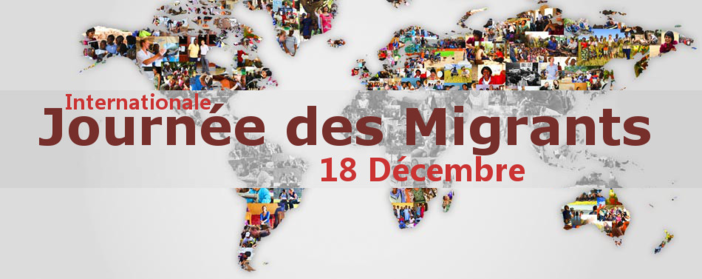Migration is an unavoidable reality. Voluntary migrations, as well as forced displacements, have always been a common aspect of humanity. Most people likely have in their ancestry individuals who migrated.
The International Migrants Day, proclaimed by the UN since 1990, is an opportunity to dispel prejudices and raise awareness of their contributions in the economic, cultural, and social fields, benefiting both their country of origin and their destination country.
On September 19, 2016, at a high-level summit, the Member States committed to adopting a global compact for safe, orderly, and regular migration by 2018.
Pope Francis expresses the Church’s concern for migrants, displaced persons, refugees, and victims of trafficking and has chosen the theme for reflection and prayer: “Welcome, protect, promote, integrate.”
“Migrations have always existed. And they will continue to exist due to climate change, demographic evolution, instability, growing inequalities, labor markets, and the desire for a better life. The response lies in establishing international cooperation that will help manage migrations so that the benefits they bring are more widely shared and the fundamental rights of all persons concerned are protected.” — António Guterres, Secretary-General of the UN
There are many reasons people move — whether to study abroad, join family members, seek employment or livelihoods, or ensure a better future for their children. Others leave their country to escape crime, violence, conflicts, persecution, insecurity, discrimination, natural disasters, environmental degradation, or poverty.
Most move from one developing country to another or leave a developing country for a developed one. Migrations play an essential role in economic growth and development, notably by addressing labor market shortages at all skill levels. Migrations have predominantly positive effects, both for the countries of origin and for the host countries.
In these times of globalization and interdependence, international migration could very well become an even more widespread phenomenon. The increasing integration of labor markets, the decreasing cost of transportation, and the existence of well-established information, communication, and social media networks are all factors that promote mobility.
Today, migration increasingly garners the attention of the international community. Mixed with elements of unpredictability, urgency, and complexity, the challenges and difficulties of international migrations require enhanced cooperation and collective action among countries and regions.


